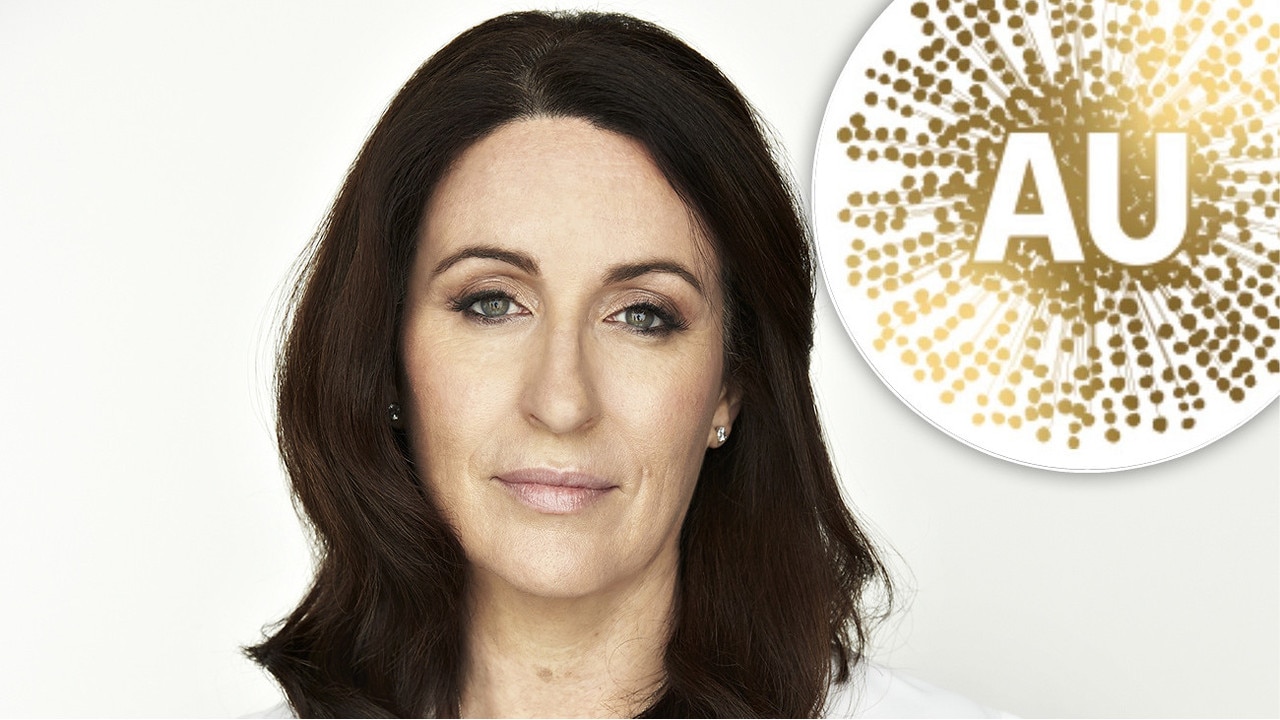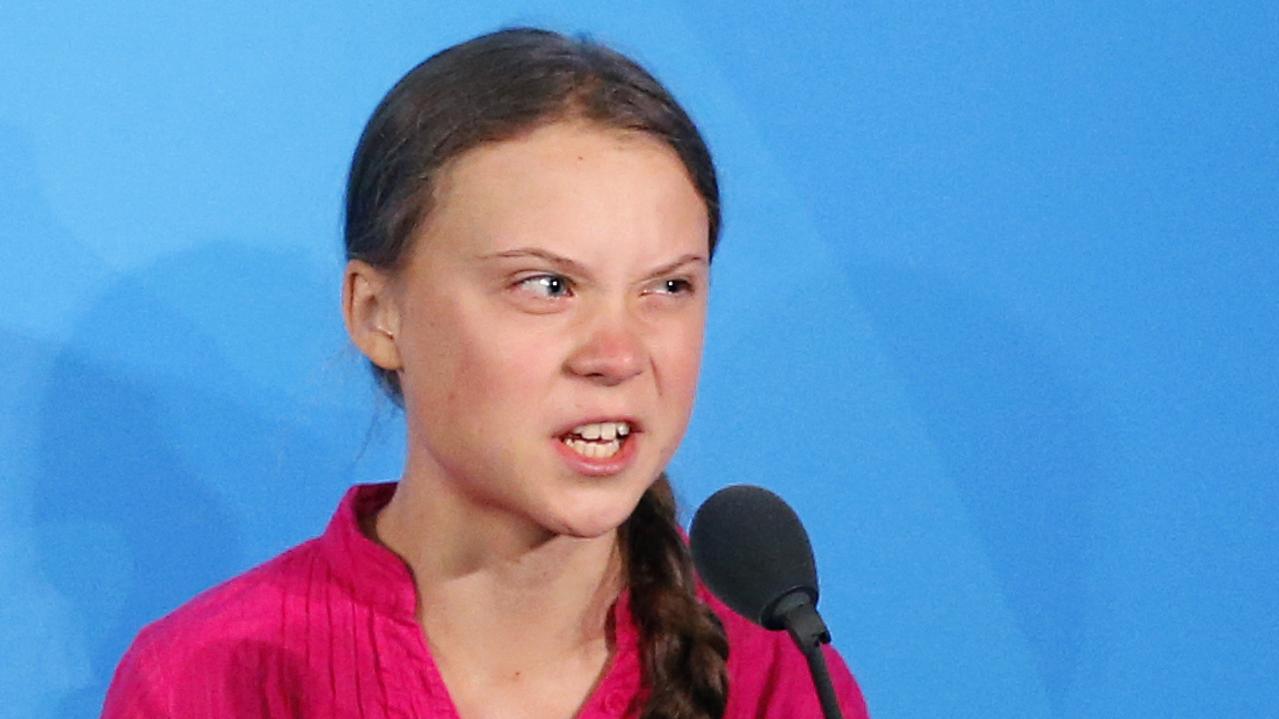Major parties could learn a lot from Palmer voters
If Labor and the Coalition want to confront their election shortcomings in Queensland, all they need do is look to those who turned their back on tradition and voted for men like Clive Palmer, writes Paul Williams.
Rendezview
Don't miss out on the headlines from Rendezview. Followed categories will be added to My News.
Australians’ love of the underdog and the fact opinion polls aren’t always right are two lessons from May’s election that party leaders won’t soon forget.
But there’s another that’s been glossed over all too quickly: big money and advertising buy neither love nor votes.
Just ask Clive Palmer who spent upwards of $60 million — surely an Australian record — on television, radio, newspaper, social media and billboard advertisements from Melbourne to Mt Isa and Margaret River. And for what? A paltry 3.3 per cent of the vote and no seats in either houses of parliament. Talk about a very painful and public rejection.
Even in Queensland, long the home of feel-good populism, Palmer’s United Australia Party (UAP) could muster just 3.5 per cent.
MORE FROM PAUL WILLIAMS: Palmer’s return to politics is for one person only
But that still leaves about 100,000 Queenslanders — a population roughly the size of Toowoomba — who endorsed the UAP, despite a ramshackle campaign, vague promises and three years of Palmer prevaricating before paying his former Queensland Nickel workers the $7 million owed to them.
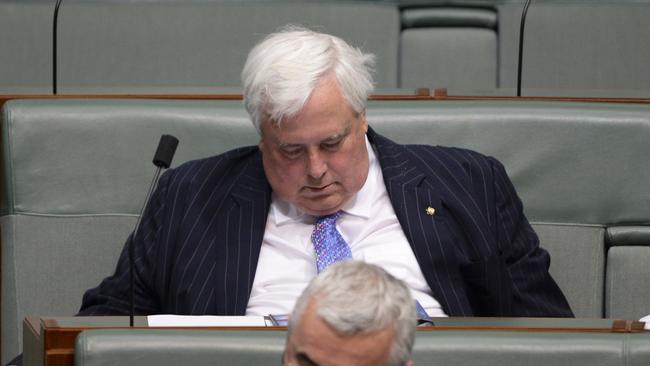
That got me thinking: exactly who, despite all the negative publicity, still believed the UAP could solve Australia’s problems?
Thanks to that great Australian invention of the secret ballot, we’ll never know for sure. But, using Australia’s 2016 census data, we can draw a something of a profile of a UAP voter.
MORE OPINION FROM RENDEZVIEW: Clive Palmer has always been a blowhard
We begin our profile in a small locality in north Queensland where support for the UAP was stronger than just about anywhere else in Australia. To preserve anonymity, I won’t name the district. But about one in nine voters in this place believed UAP held the answers.
So who lives there?
In terms of age, folk here are right on the state median of 37 years. There are more divorced people than the Queensland average, and fewer who’ve ever married. Defacto relationships are also much more common in this district, and just 29 per cent of couples here have children — far lower than the 43 per cent state average.
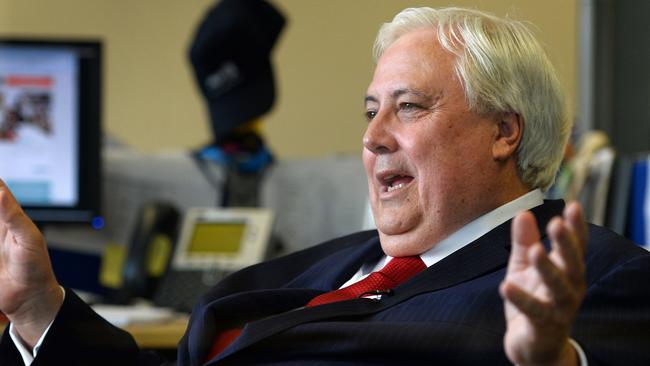
When it comes to education levels, however, the contrasts get really interesting. According to the 2016 census, less than 3 per cent of this locality are enrolled at university, much lower than the 15 per cent Queensland mean. Similarly, just 7 per cent of locals hold a university degree, again lower than the 18 per cent across Queensland.
Locals also appear more Anglicised. Where 77 per cent of this district were born in Australia — higher than the 71 per cent Queensland mean — just 13 per cent of locals had both parents born overseas, quite a bit lower than the state average of 26 per cent. Residents are also less religious, with 35 per cent citing “no religion” compared to 29 per cent elsewhere.
MORE OPINION FROM RENDEZVIEW: Clive Palmer tries to silence Qld Nickel workers with payouts
But profiling the Palmer voter gets really interesting when we drill into what locals do for a living — usually a reliable indicator of vote choice. Here, fluoro-collar labourers (15 per cent) are over — represented compared to the 10 per cent state average. Conversely, white-collar professionals comprise just 9 per cent of the local workforce compared to state’s 20 per cent mean. Unemployment, at almost 17 per cent, is also far higher than the state average, and the 25 per cent of locals who volunteer is also higher than Queensland’s 19 per cent.
The district also suffers more financial stress than most. With a median household weekly income of just $747, the district earns about half the Queensland median weekly income. But locals’ houses are also undoubtedly cleaner with nearly 14 per cent of residents doing 30 or more hours of housework each week, compared to the 9 per cent among the rest of us.
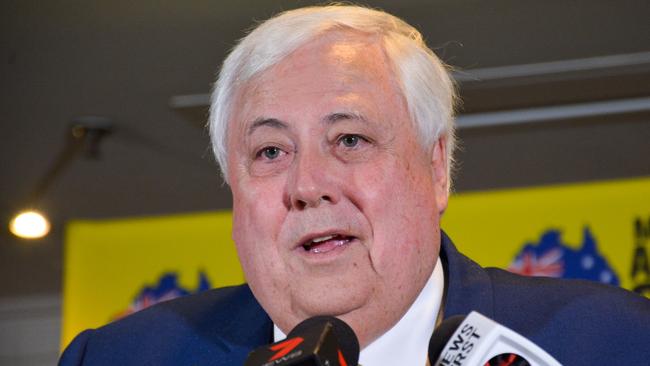
In sum, voters in this district — an area supporting Palmer more enthusiastically than just about anywhere else in the Australia — are more likely to be divorced or living in defacto relationships without children. They’re more likely to be unemployed or face financial stress as they work as a labourer. They’re also more likely to be non-religious, but more likely to volunteer for the community.
Perhaps most critically, the district that so enthusiastically embraced the UAP also has very low levels of university graduates.
MORE OPINION FROM RENDEZVIEW: Palmer phenomenon must never happen again
Even from this modest Queensland portrait we can see two themes emerge. The first is that financial stress appears to encourage disgruntled voters to reject the two-party system and take a gamble on a political “outsider”. The second is that higher education provides effective skills to see through the spin of populists who offer easy solutions to complex problems.
The lesson for state and federal governments is therefore clear: building infrastructure and delivering low-skilled jobs to regional Australia might offer short-term relief. But long-term prosperity, a well-informed electorate and a stronger democracy are found only when all Australians are offered higher education opportunities regardless of where they live.
Dr Paul Williams is a senior lecturer at Griffith University.

